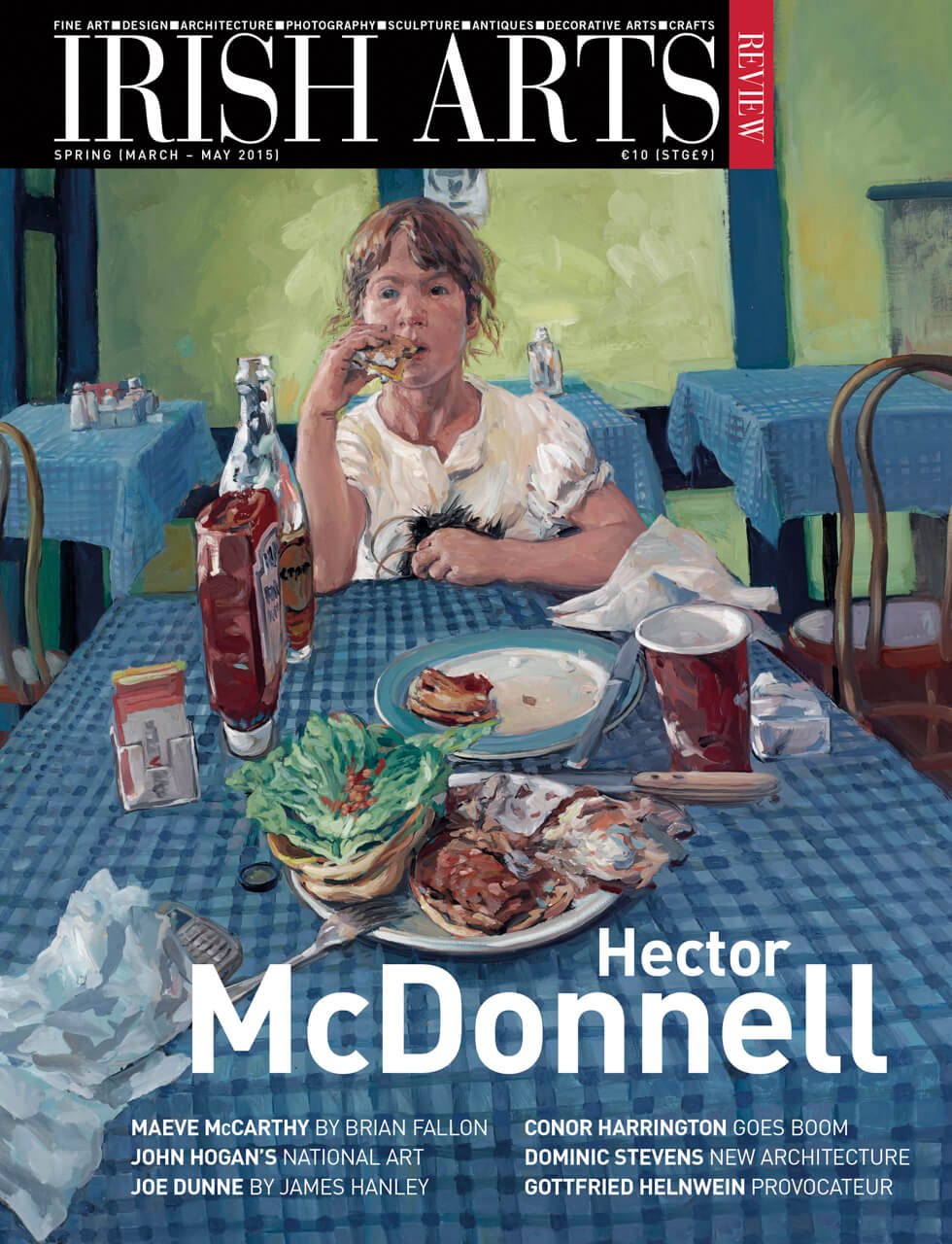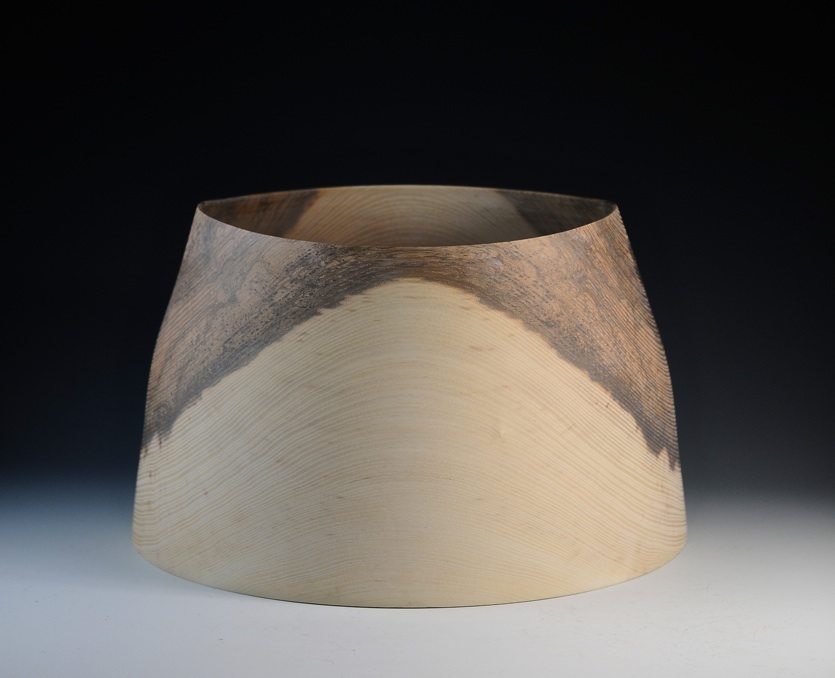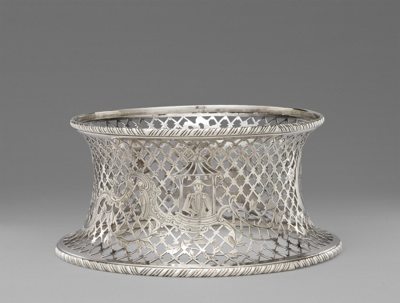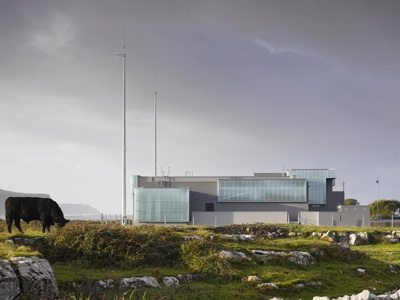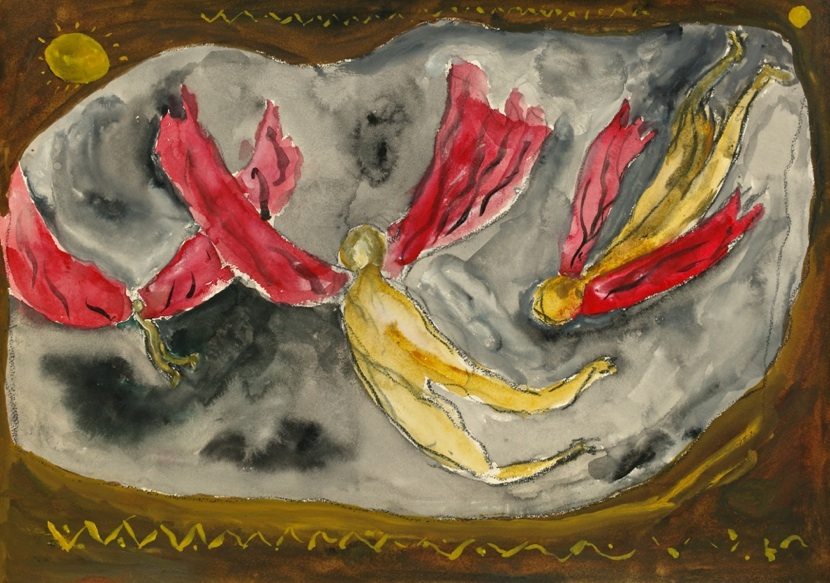
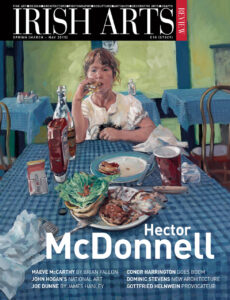
[slider_pro id=”96″]
From the IAR Spring Edition:
Archetypal motifs emerge as though retrieved from the ‘ploughed fields of the soul,’ writes John Hutchinson of Patrick Hall’s paintings at Hillsboro Fine Art, Dublin
Uncle Boonmee Who Can Recall His Past Lives’, a peculiarly memorable film by Apichatpong Weerasethakul, came to mind when I heard that Patrick Hall had decided to spend some winter months in Thailand, where he eventually made much of the work that is being shown at his current exhibition in Dublin’s Hillsboro Fine Art. It tells a story about ghosts, past incarnations, and the fear of death, which are the kind of subjects that Hall has often incorporated into his art. In his paintings, as in Weerasethakul’s film, such things are taken for granted as having a place in daily life; in both cases, despite dissimilar styles, their poetry is founded on unquestioning acceptance of what to most of us might seem fanciful or uncanny.
Uncle Boonmee, who is ill and has retreated to a Thai forest, has some remarkable experiences. He is visited, for instance, by the ghost of his dead wife; this is followed, in rather stranger fashion, by the appearance of a long-lost son who seems to have become a monkey spirit, for he turns up in what appears to be a black ape costume and has glowing red eyes. In another scene a princess has intimate relations with a catfish. All of this comes together in a curious blend of the whimsical, the laughable, and the ordinary, but it is also unexpectedly convincing. Uncle Boonmee is revealed to us as a man in a liminal state, somewhere between this world and the next, who gradually grows in acceptance and tranquility in the face of his impending end.
In comparison, Patrick Hall’s art is much less capricious. Forty years ago he used to paint about his own life and mythological subjects; a decade later he began to concentrate on visionary depictions of mountains, rocks, skulls, and small figures engaged in what might be described as ritual or spiritual activity – praying, flying, gathering together in groups. Similar subject matter continues to engage him to this day. The feeling tone of his images is infused with longing for transcendence, but this is almost always countered by awkwardness and abjection, which send the mood tumbling back to earth like a fallen angel.
Hall’s paintings and drawings can’t be described as anything other than idiosyncratic and out-of-step with current fashion
His smaller drawings and paintings on paper may be Hall’s most captivating work. They have an ‘outsider’ feel to them, and like much ‘outsider’ art they can be hit-and-miss, because what is being conveyed is a feeling, a spirit, a kind of inwardness, and these are qualities that come and go, that can’t be called up on demand. From Hall’s point of view technique and skill are secondary and subservient to the content of the images. He paints still-lifes and natural scenes, but more often inscapes, occasionally based on Buddhist or Christian imagery, but usually archetypal in the Jungian sense of the term. He depicts suns, stars, spirits, eyes, flames, flowers, boulders, and ladders leading up to the sky. They are made fast and instinctively, occasionally in bold and bright colours but just as often in murky and muddy tones, as though the images have been retrieved from the mud, from ploughed fields of the soul.
Although their casualness and informality are akin to certain contemporary trends in painting, Patrick Hall’s paintings and drawings can’t be described as anything other than idiosyncratic and out-of-step with current fashion. They go against the grain and in many respects have their roots in a world of the past, in a sense of identity that has partly been forged in isolation and suffering but is nevertheless infused with hope, a sense of humour, and unapologetic spirituality. His paintings can sometimes be sullen and rough, yet these qualities are commonly balanced by earnestness and simple beauty of a kind that we do not often see today. These characteristics are evident, for instance, in sketches of a bunch of wild flowers casually placed in a glass, an angel in a stormy sky, the Buddha sleeping, or Jesus walking on the water. Despite – or perhaps because of – their deep connection to Hall’s lived experience they are universal in emotional truthfulness, and in their resolute determination to be nothing but themselves they help to sustain our own honesty and integrity. Besides, like the more exotic Uncle Boonmee, Patrick Hall’s blithe acceptance of the visionary and otherworldly as workaday realities is oddly inspiring.
Patrick Hall ‘The Dream is Ourselves’ Hillsboro Fine Art, Dublin until 21 March 2015.
John Hutchinson is Director of the Douglas Hyde Gallery, Trinity College Dublin.
